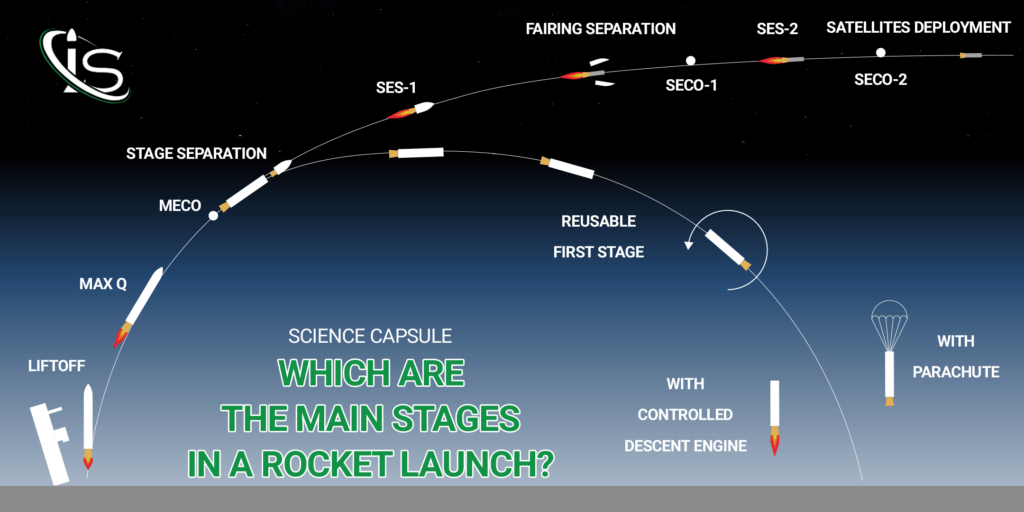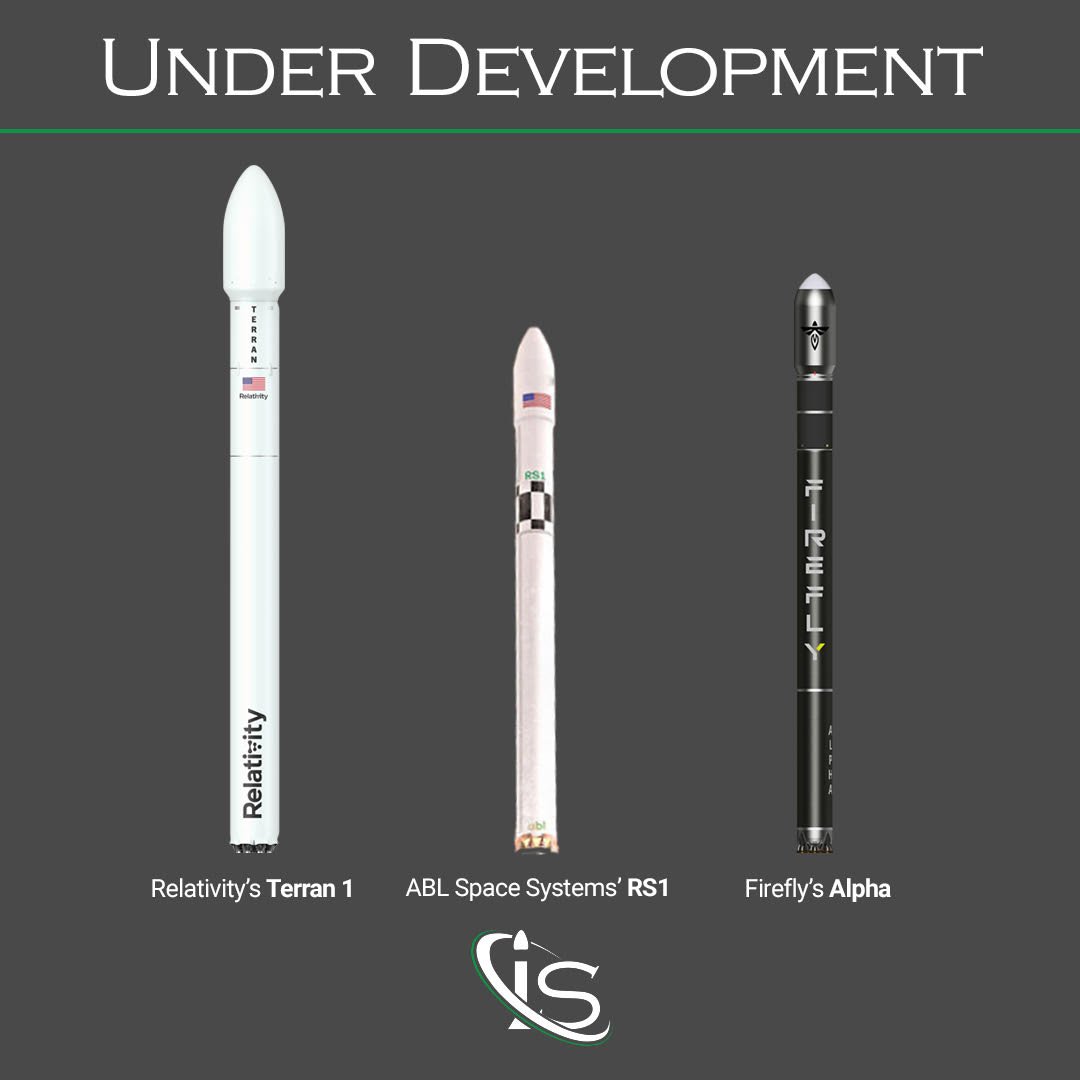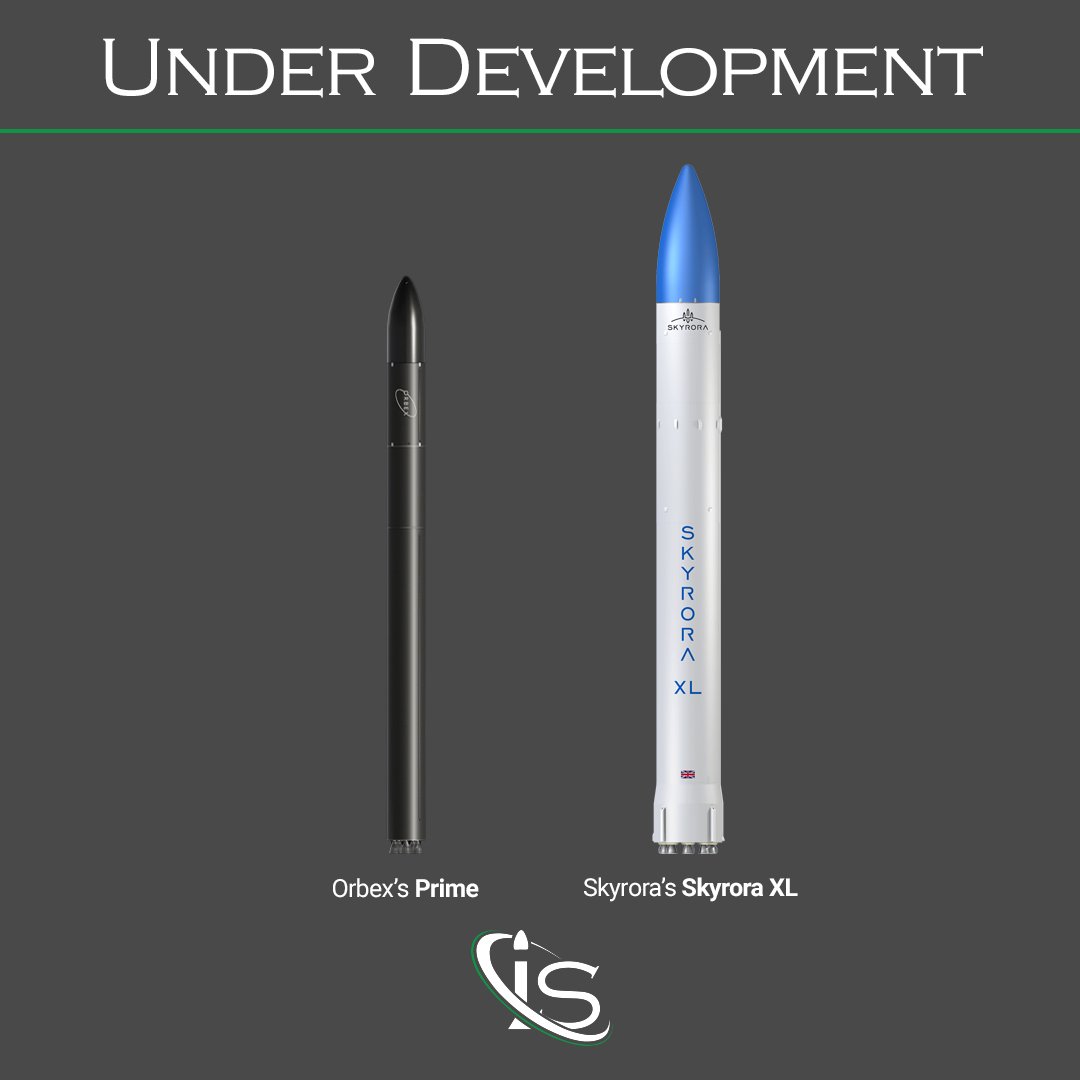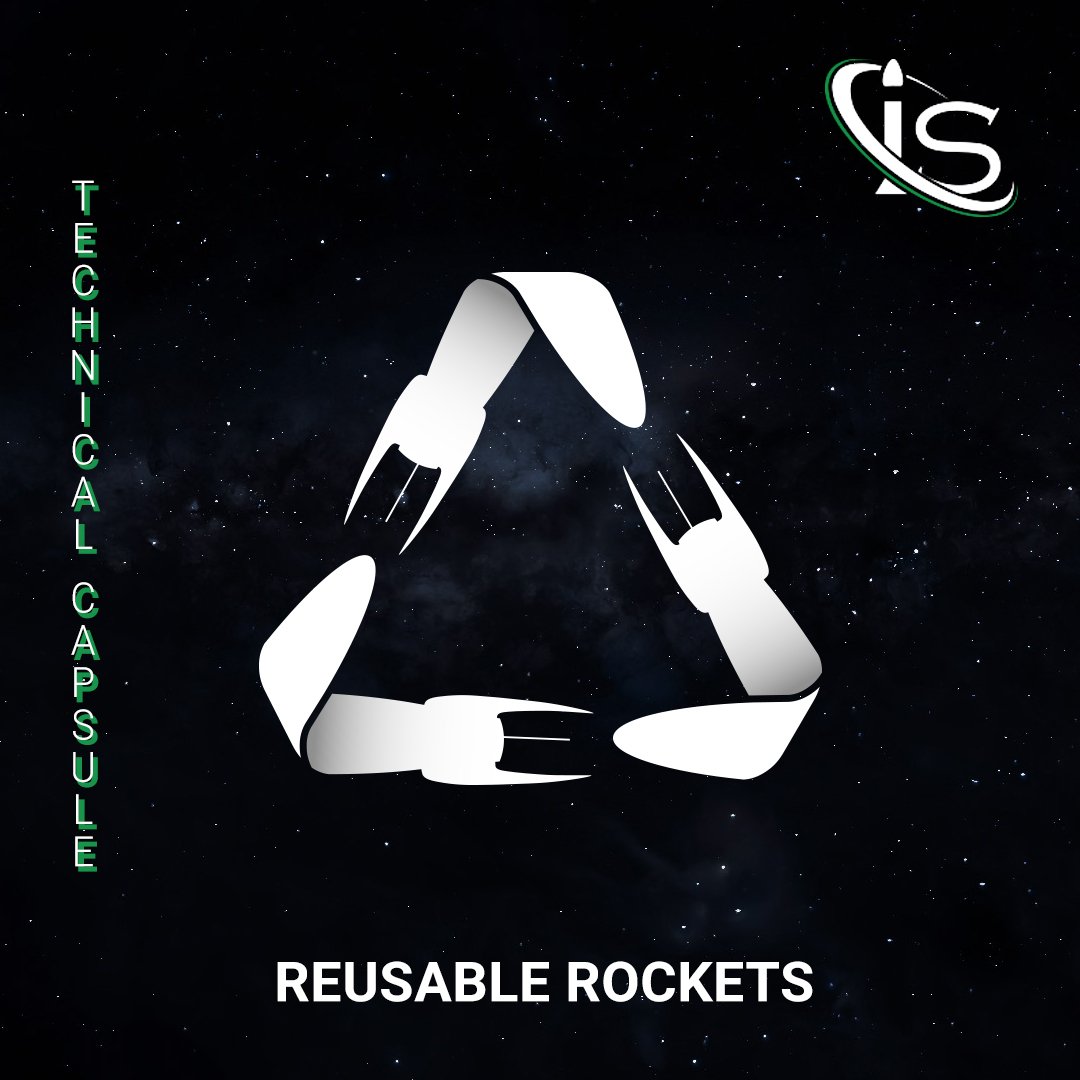+ 00:00:00 LIFTOFF!
When you think about a rocket launch, the first thing coming into your mind is the moment the rocket leaves the Earth in a great cloud of smoke; but what happens when the rocket faces its climb to space? What are the characteristic stages of a rocket launch?
In the following post, we will present the typical steps that a two-stage vertical liftoff rocket will undergo in its launch. It can be adapted to other rockets by adding some start and cut-off engine stages.

Max Q
The so-called “Max Q” is the first and most structurally important moment of a rocket launch. In this phase the rocket reaches the peak of mechanical stress; in fact, the Max Q is the moment with the greatest dynamic pressure. But what is dynamic pressure?
Dynamic pressure, expressed precisely with the letter “q”, is the quantity defined by:
![]()
where
![]() is the air density
is the air density
u is the vehicle’s velocity
The dynamic pressure is zero before the liftoff (since the vehicle has zero initial speed), and it is zero outside the atmosphere (since the air density is equal to zero). When the rocket lifts off, the velocity increases and the density decreases, always with a not-null dynamic pressure. This is due to the fact that the velocity increases faster than the decrease of density. According to Rolle’s theorem, the dynamic pressure will reach a maximum. This maximum is reached just before the decrease of density become faster than the increase of speed.
As said before, this is the moment in which the rocket has the peak mechanical stress. This load condition sizes the launch vehicle’s structural load. After this point the condition will be looser with respect to the mechanical stress.
The “Max Q” usually comes between 11 km (e.g. for the Space Shuttle) and 14 km (e.g. for the Space X’s Falcon 9), depending on the thrust and impulse of the rocket.
MECO
After the Max Q, the main engine of the rocket shuts down, having completed its main burn. The name of this step is MECO, Main Engine Cut-Off. The first stage, usually the biggest one, is sized to overcome the atmospheric drag, so, after exiting the atmosphere, its characteristic’s not only not needed, but a burden.
For a Starlink mission with Falcon 9 the MECO is almost at T+02:30:00 at an altitude of 65 km and a speed 8000 km/h (almost 2200 m/s).
Stage Separation
The stadiation adds complexity to the design of a rocket, in particular the stage separation. The major possible risks are the separation failure, the ignition failure and the possibility of stage collision.
The separation takes place a few seconds after the MECO, through the use of an interstage, which connects the stages and, in this particular case, the first stage with the second one. The stage separation system is usually located between the forward end of the interstage and the second stage. In Falcon 9, for example, the separation occurs when the latches, keeping the first and the second stages mated, are released with the use of a high-pressure helium circuit.
The advantage of the shut-down of the first stage and the consequent separation from the second stage is widely explained in the Technical Capsule on Rocket Staging. Summing up, by releasing some unnecessary loads, the dry mass of the rocket decreases and so do the propellant and costs needed to maintain the same speed.
After the stages separate, if we are speaking about a reusable first stage, the main engine uses some flipping maneuvers and comes back to Earth. There are different approaches for the recovery of the first stage: Rocket Lab, for example, recovers its Electron’s first stage with parachute, while Space X’s Falcon 9 has a controlled descent engine for its landing on platforms or the mainland.
SES-1
The SES-1 is the acronym for Second Engine Start. The number 1 implies that, as we will see below, this is the first start of the second engine; usually the second engine can have one or more restarts to place the satellite in the correct orbit.
In space, the engine of the second stage can be much less powerful than the one for the first stage. Some rockets use the same engine for both stages but the first has many of them working in parallel, while the second only has one. The task of this lonely engine is to reach a transfer orbit or, for example, in the case of Starlink missions, the final orbit. It depends on the factors of the mission.
Fairing Separation
The fairing halves separate exposing the payload to the vacuum of space. As the dynamic pressure is no longer a danger for the health of the satellites, the fairing halves, used as protection, split up.
SpaceX recovers the fairing halves from the ocean after their coming back to Earth.
SECO-1
As soon as the rocket reaches the optimal point in its orbit, the second engine cuts off. The rocket is now “in orbit” and so it preserves its speed orbiting around the Earth. After that the second stage can either restart or release the payload.
Optional: SES-2 and SECO-2
As seen before, the restarts and re-cutoffs are not always required. These steps are required when the final orbit needs a transfer orbit to be reached. Remember that we are talking about a two-stage rocket! If we were discussing a rocket with more stages, the restart of the second engine could be substituted with a stage separation and the ignition of an upper stage.
Satellites Deployment
This is the most important of the stages in the rocket launch. If all the previous steps went well, the satellite deployment will fulfill all the orbital parameters requirements.
The launch operators always define the deployment accuracy, which is available in the user guides collected for some rockets in our Launch Schedule.





